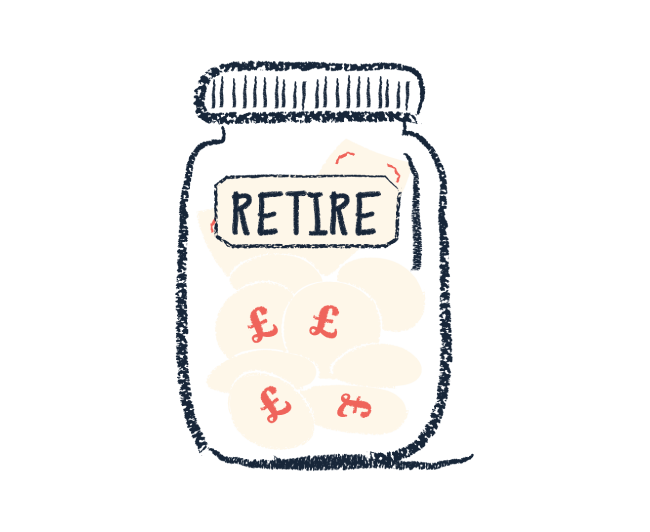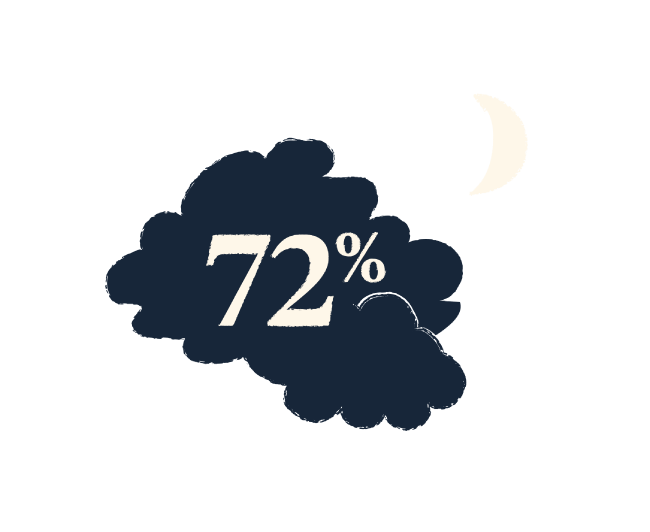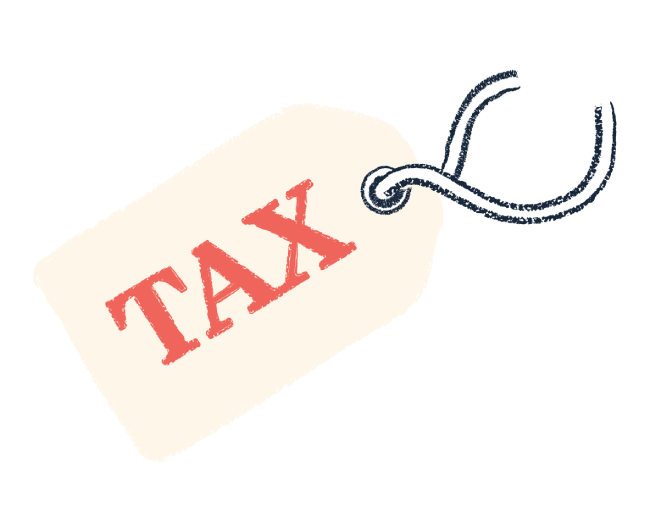23/24 tax year
Preparing for your retirement can be emotionally and financially challenging. There are some significant choices to make and complex tax rules to navigate. With this guide, you can retire with confidence, learn how to harness your pension effectively and make use of tax wrappers.
A significant number of our clients work in the tech industry so we have collated the main questions they come to us with to produce this guide.







